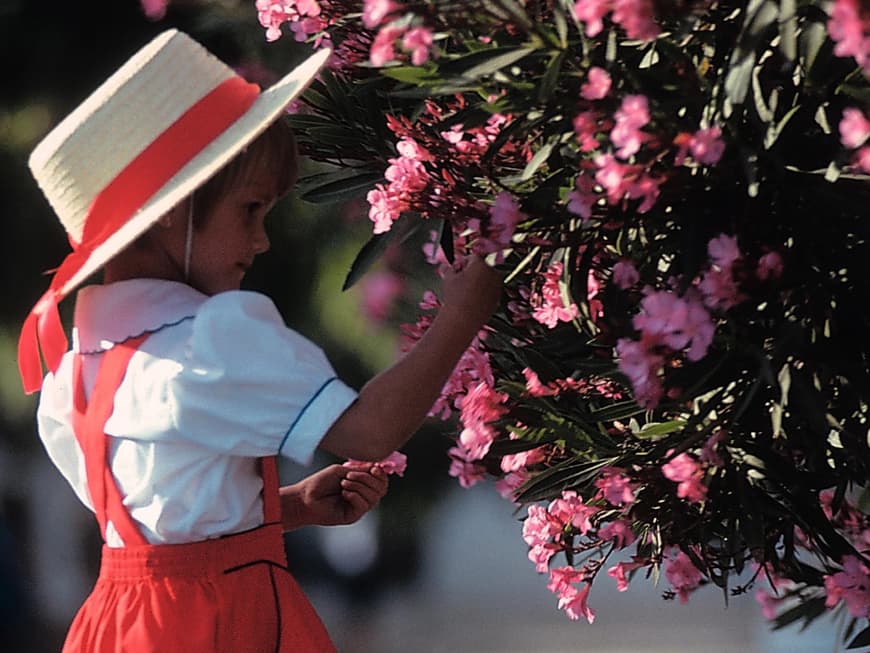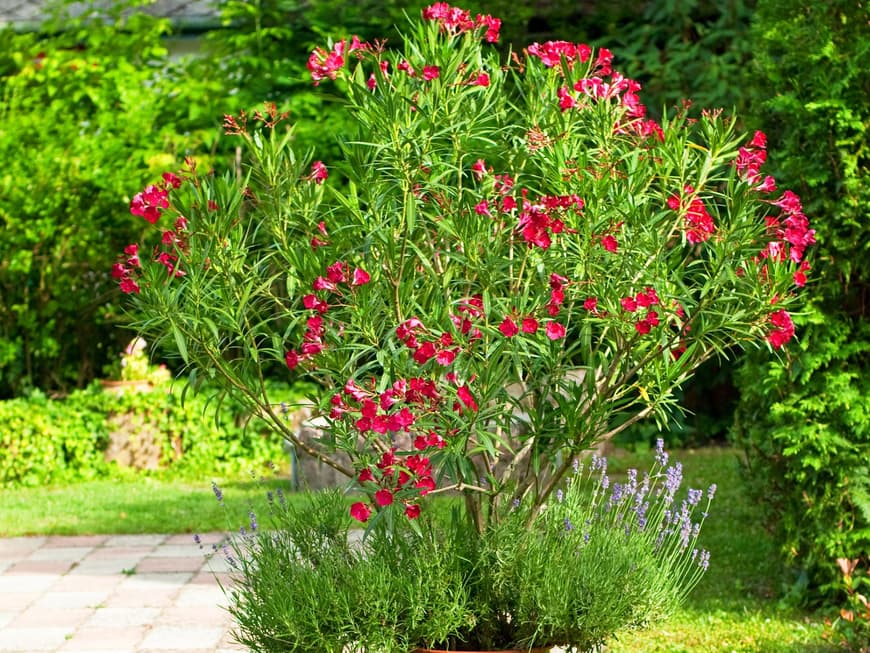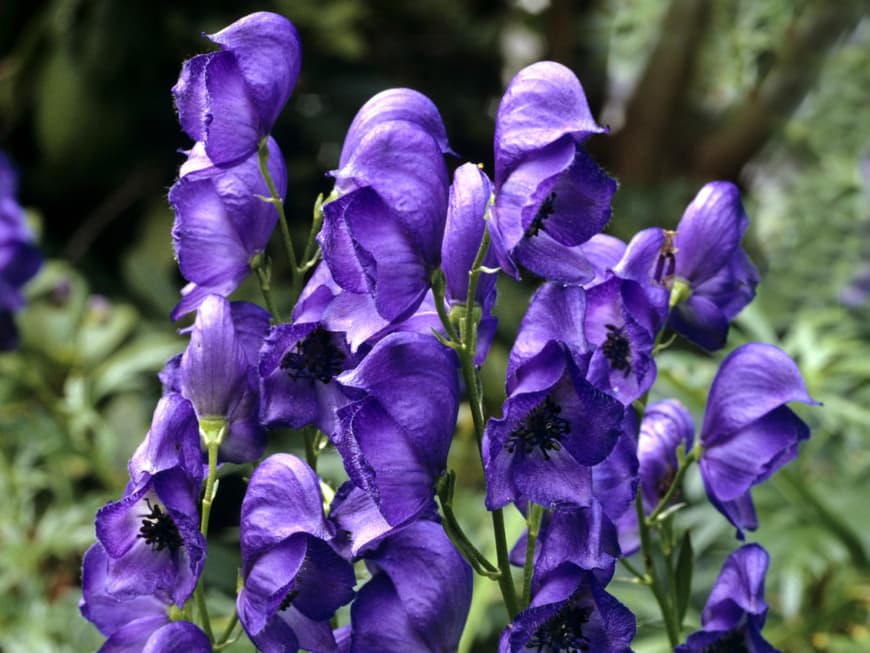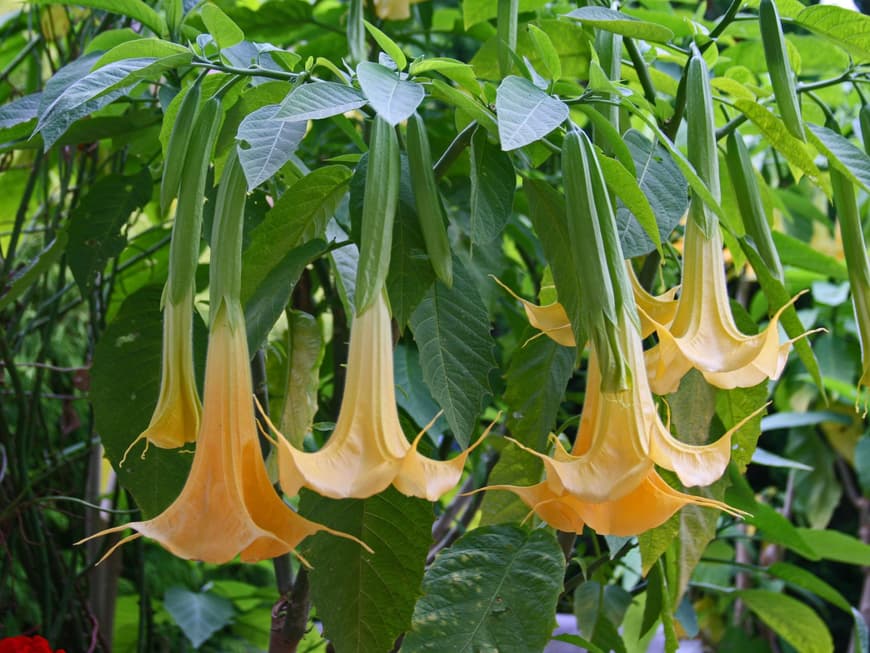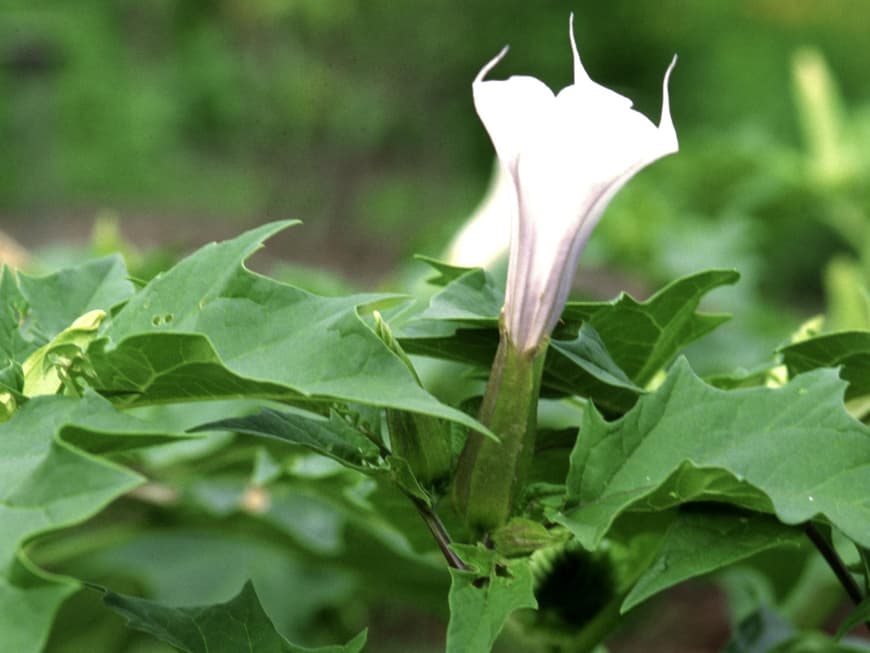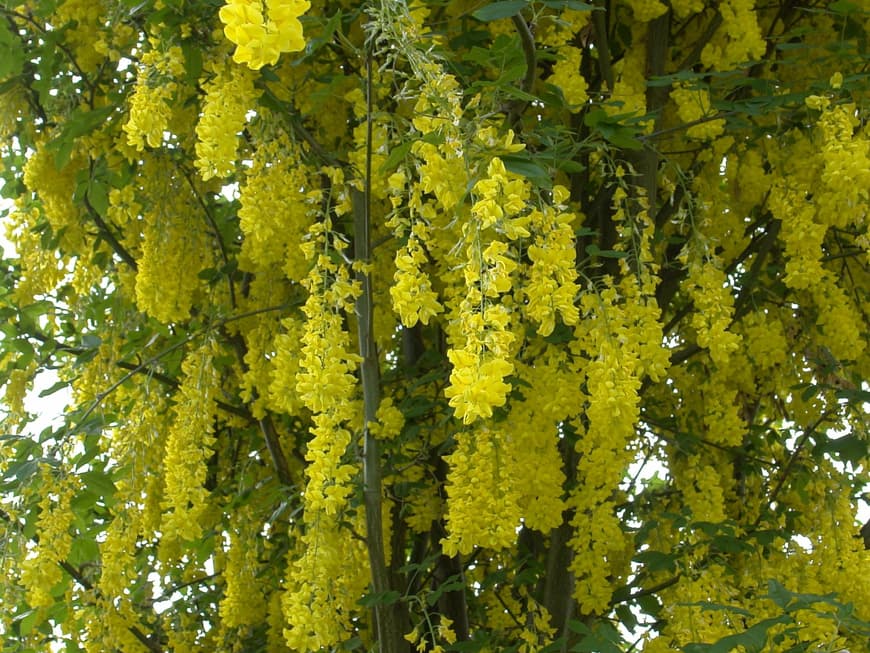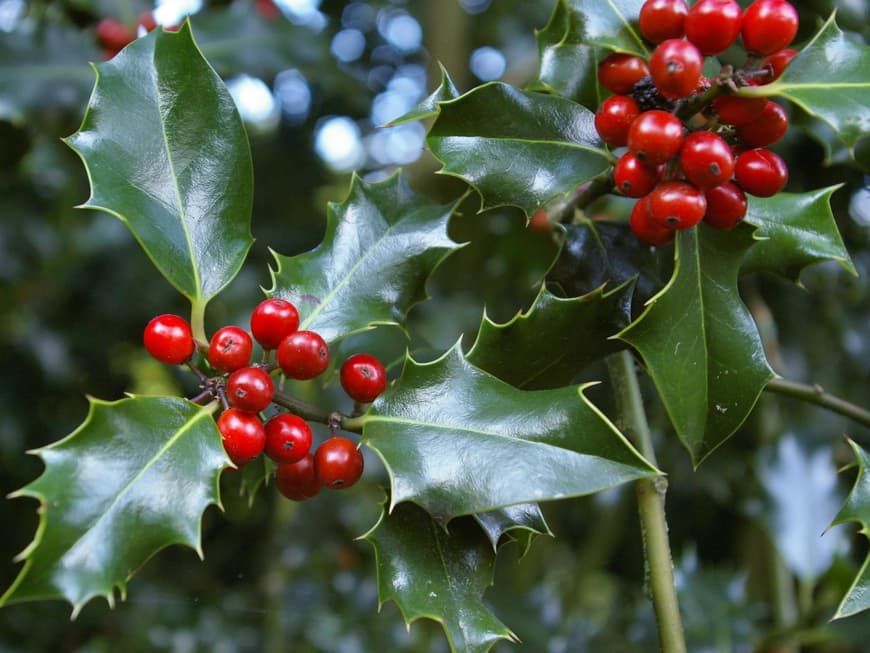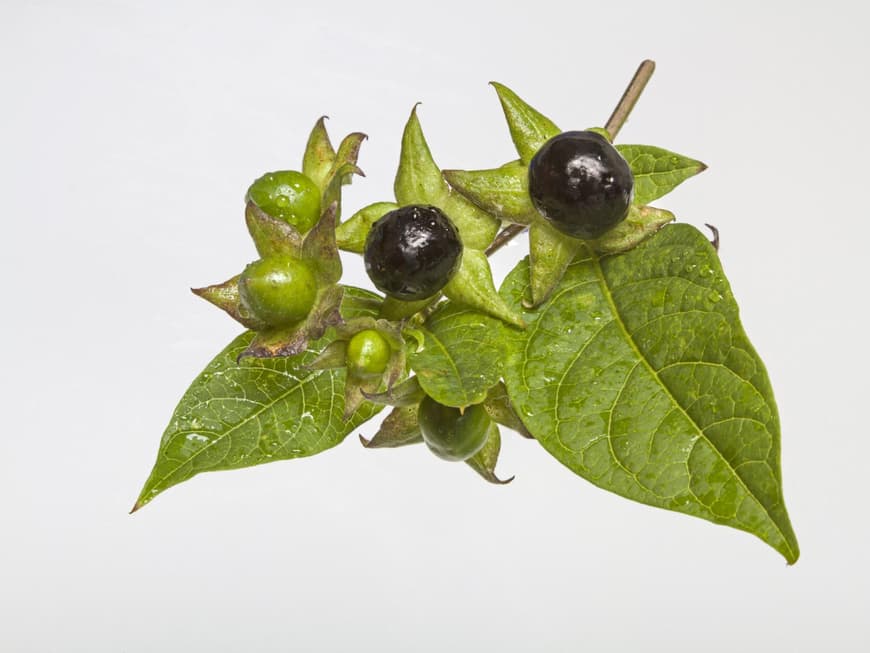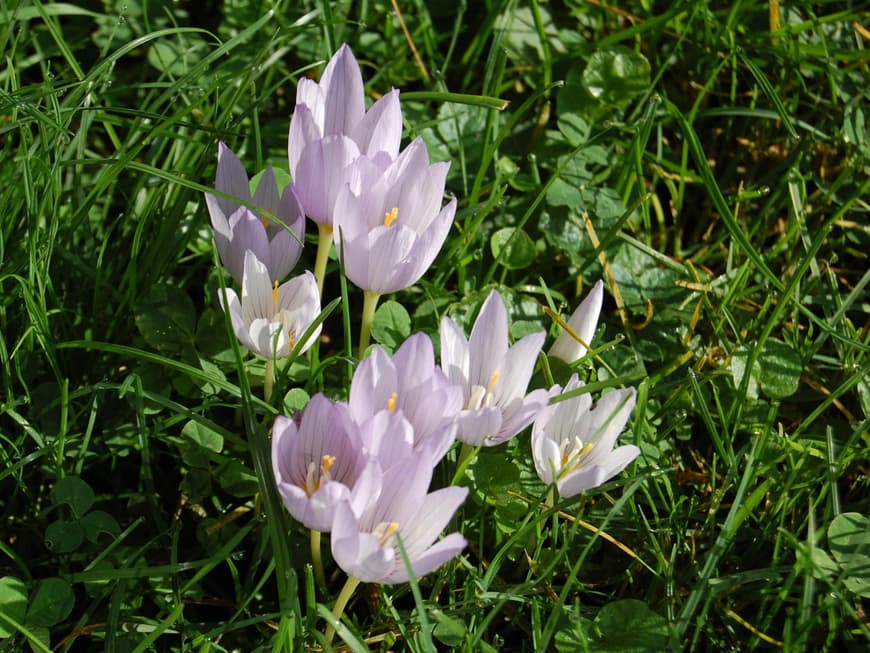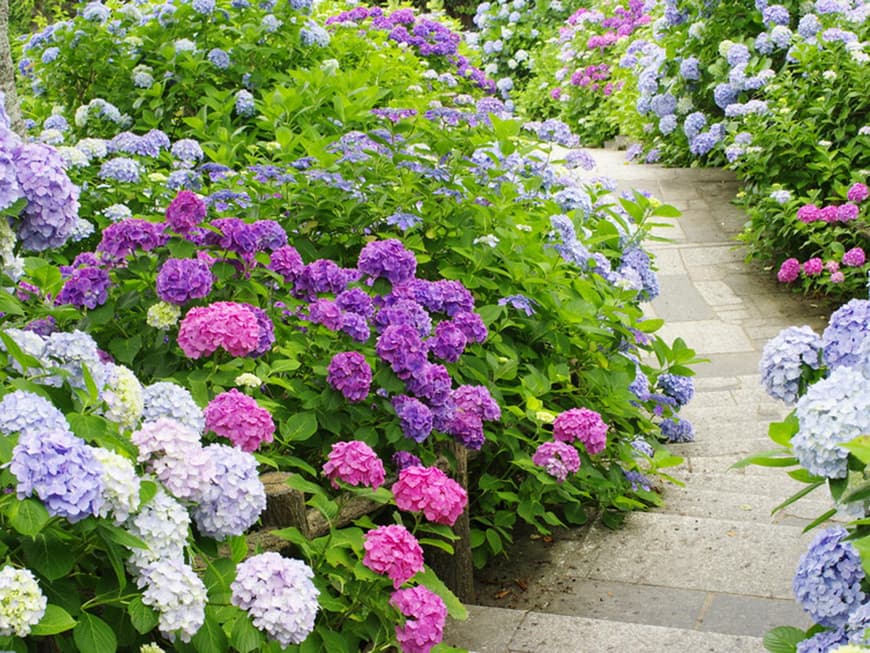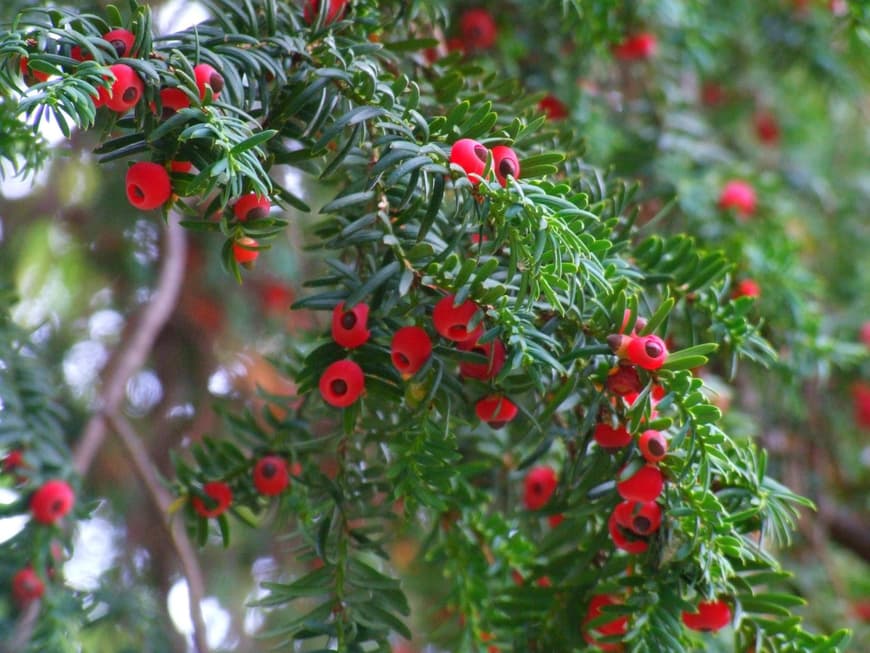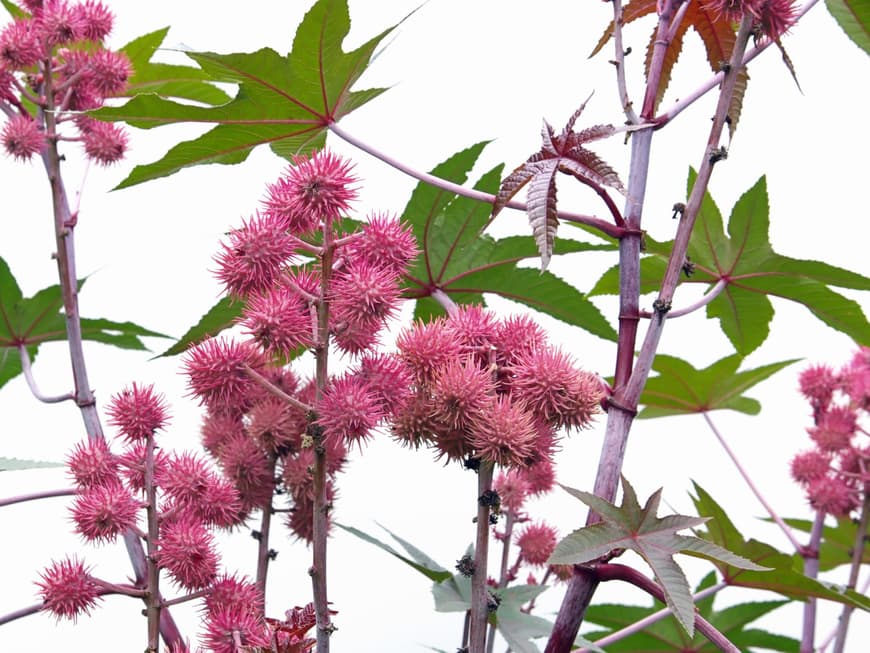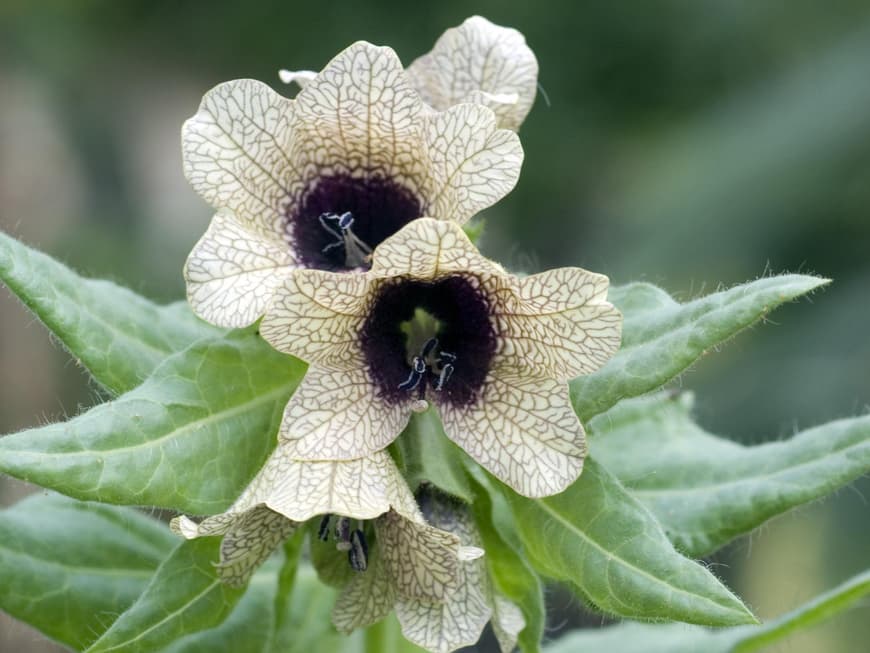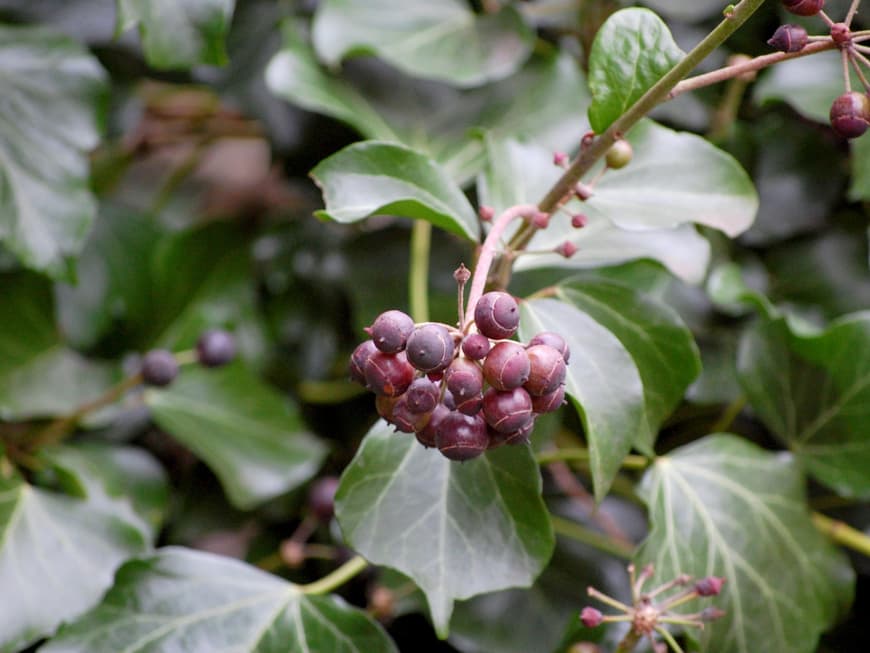Oleander, also commonly known as rose laurel, is so poisonous that you should wear gloves when cutting it to protect against skin irritation. Oleandrin is found in all parts of the plant and can cause external and internal symptoms of poisoning: Headaches, nausea and cramps, cardiac arrhythmia, cardiac arrest.
Monkshood: It is considered the most poisonous plant in Europe. All you need to do is crush the leaves, as the poison aconitine can also be absorbed through the skin. Within minutes, it causes sweating, shivering, paralysis, cramps and cardiac arrhythmia until death occurs due to respiratory paralysis.
Angel's trumpet: Like the datura, the petals of the angel's trumpet are also highly poisonous. Eating just a few grams can be fatal for children.
Laburnum: All parts of the laburnum plant are poisonous, the cytisine in the seeds is particularly concentrated. It is also produced by other plants such as broom and holly. Between five and 20 seeds are fatal to children. Planting near children's facilities is therefore prohibited.
Deadly nightshade: Three to four of the cherry-sized, bright black berries can be fatal to children.
Autumn crocus: The leaves are sometimes mistaken for wild garlic, the flower resembles the crocus. All parts of the plant contain colchicine. Eating just a few grams can be fatal for children.
Hydrangeas contain hydrocyanic acid compounds and cause cardiac arrest within minutes. Before the affected person falls unconscious, they experience suffocation and convulsions.
Yew tree: Although the pulp of the berries is harmless, almost all other parts of the plant are poisonous. Never use branches for fetching!
Miracle tree: The bean-shaped, dark, shiny seeds contain ricin. Poisoning causes the red blood cells to clump together and manifests itself in cardiac arrhythmia, abdominal pain, fever, cramps or nausea. Ingesting just a few seeds can be fatal after 48 hours.
Black henbane: All parts of the plant are very poisonous. The hyoscamine can cause heart problems, hallucinations, fever, a reddened face, difficulty swallowing, hoarseness or visual disturbances. 0.5 grams of the leaves are enough.
Ivy: The berries of adult ivy are particularly dangerous.
Spring bloomers such as tulips, daffodils and grape hyacinths are particularly dangerous for pets.
Extra tip:
Help with poisoning:
If you suspect poisoning, contact the Poison Control Center (number in the Yellow Pages) and call a doctor immediately if you have symptoms of poisoning. If you know the cause, you can clarify by telephone what is important now.

